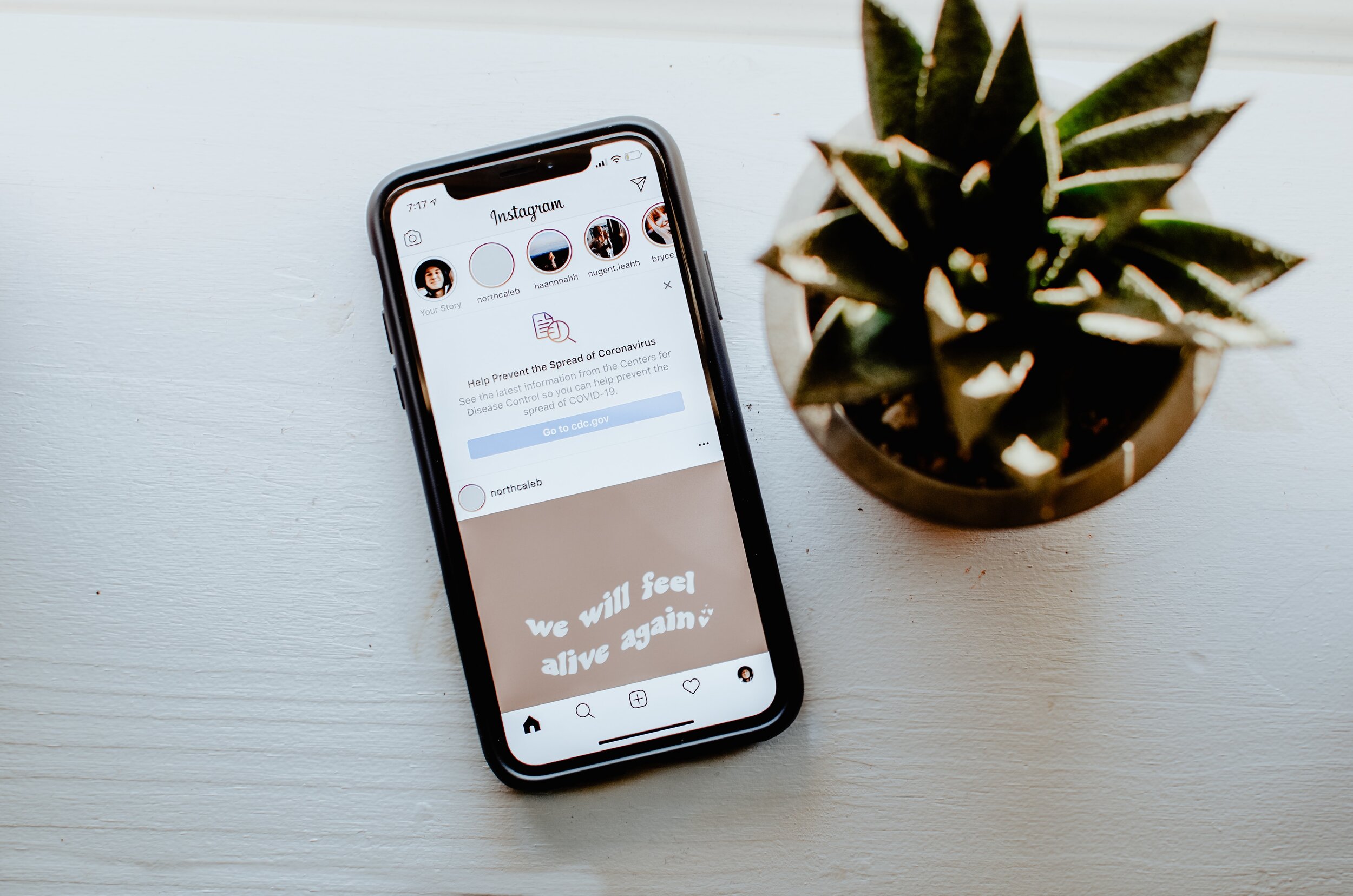Lessons from Traveling in Time
Jill Stoddard
By Annabelle Parr, MA, AMFT
Have you ever wished you could have a do over? Go back in time and alter an embarrassing moment, or seize a missed opportunity, or simply get more time to do the things that matter most to you?
What might we learn if we could travel back in time and do things differently?
Every year around New Year’s, I watch my favorite movie, About Time. It’s a rom com about a man who learns that the men in his family can travel back in time within their own lives, and it is filled with sweetness and some profound messages that are remarkably consistent with the core principles of Acceptance and Commitment Therapy (ACT). If you haven’t seen the film, warning: spoilers ahead. In his travels through time, Tim, the main character, learns a number of lessons about creating and living a full, vital life.
Lesson #1: Traveling in time gives you unlimited chances to behave differently, but the outcome of your behavior is still always beyond your control.
Upon learning that he has the ability to time travel, Tim quickly clarifies that what matters most to him is love (values), and what he most wants to use this unique ability to achieve is finding someone with whom to share his life (goal). One of the first things he learns is that even with the ability to go back in time and try things differently, he ultimately cannot control the outcome of his behavior, just like the rest of us. He can pursue his goal by showing up to each moment bringing the qualities he most wants to embody (values), but the outcome of his actions is outside of his control. He may get to test things out more than the rest of us, and may gather more information on what behaviors may make a particular outcome more likely, but just like the rest of us, in the end, the outcome is still beyond his control.
Lesson #2: All the time travel in the world can’t erase pain.
Nevertheless, Tim continues to show up to each moment fully (present centered awareness), holding his goals for the life he hopes to build lightly and being the kind, loving, humorous man he hopes to be (committed actions), and ultimately he does build a beautiful life and family filled with love. As he does so, he learns that even his gift cannot shield him from the pain that comes with being human. Just like the rest of us, if he wants to engage in the joys, he must also be willing to have the pain that is inevitable if we are willing to care, to love, and to be loved (willingness).
Lesson #3: The secret to a rich, meaningful life is being fully present and choosing how you will meet each moment.
Toward the end of the film, Tim shares my favorite lesson of all. He shares his father’s secret to a good life. His father tells him to live each day twice: “the first time with all the tensions and worries that stop us noticing how sweet the world can be, but the second time noticing.” In the simple act of noticing (present centered awareness), and making a conscious decision about how he responds (committed action), Tim finds how much richer and fuller life can be.
The film finishes with Tim sharing,
“And in the end I think I've learned the final lesson from my travels in time; and I've even gone one step further than my father did. The truth is I now don't travel back at all, not even for the day. I just try to live every day as if I've deliberately come back to this one day, to enjoy it, as if it was the full final day of my extraordinary, ordinary life.”
In this final lesson, Tim sums up the goal of Acceptance and Commitment Therapy: to meet each day fully, with openness to whatever shows up and awareness of our experience, and to choose to actively engage in each moment with the qualities that we most hope to embody. When we are fully present, we begin to notice all of the opportunities we have to engage in our lives as the people we most hope to be. As Tim discovers, we don’t actually need time travel at all; the moments we are given are already full of opportunity to be who we most hope to be right now.
CSAM IS HERE TO HELP
If you or someone you love needs support and might benefit from cognitive behavioral therapy (CBT) or acceptance and commitment therapy (ACT) for anxiety, panic, phobias, stress, PTSD, OCD, uncertainty or stress related to COVID-19, or if you would like more information about our telehealth services, please contact us at (858) 354-4077 or at info@csamsandiego.com






















